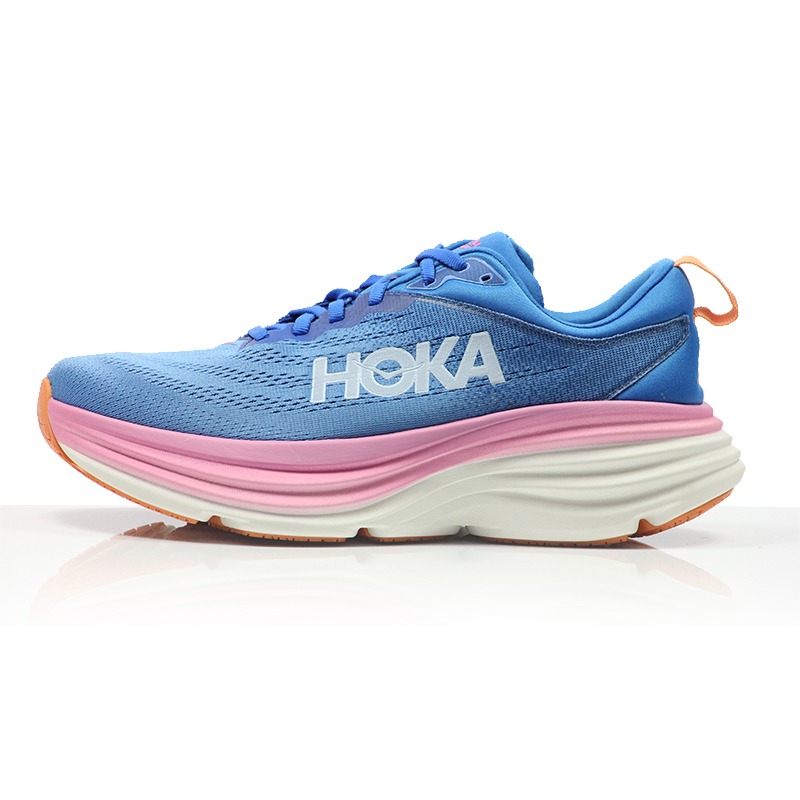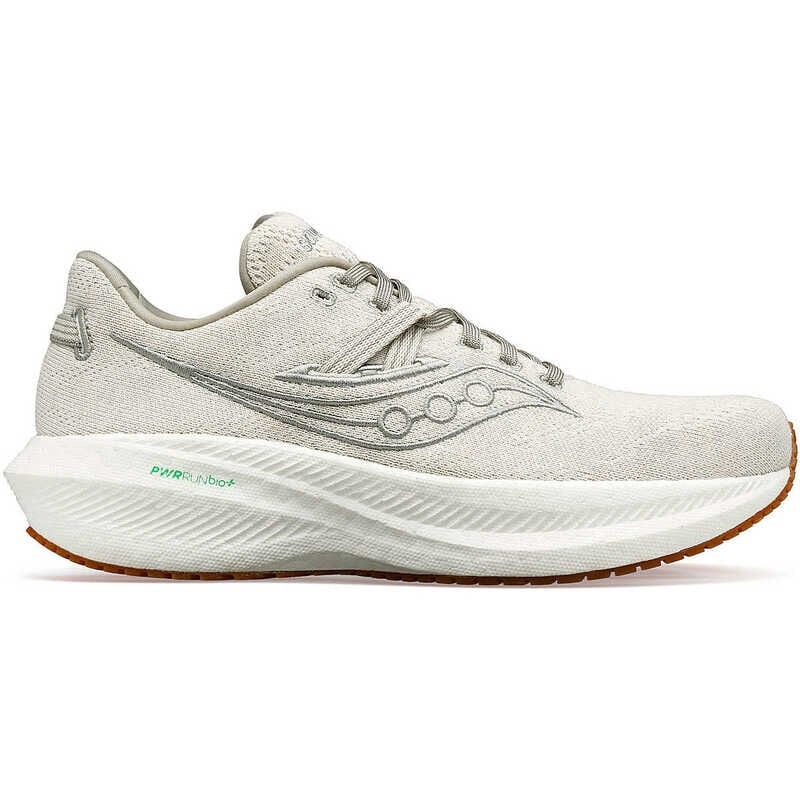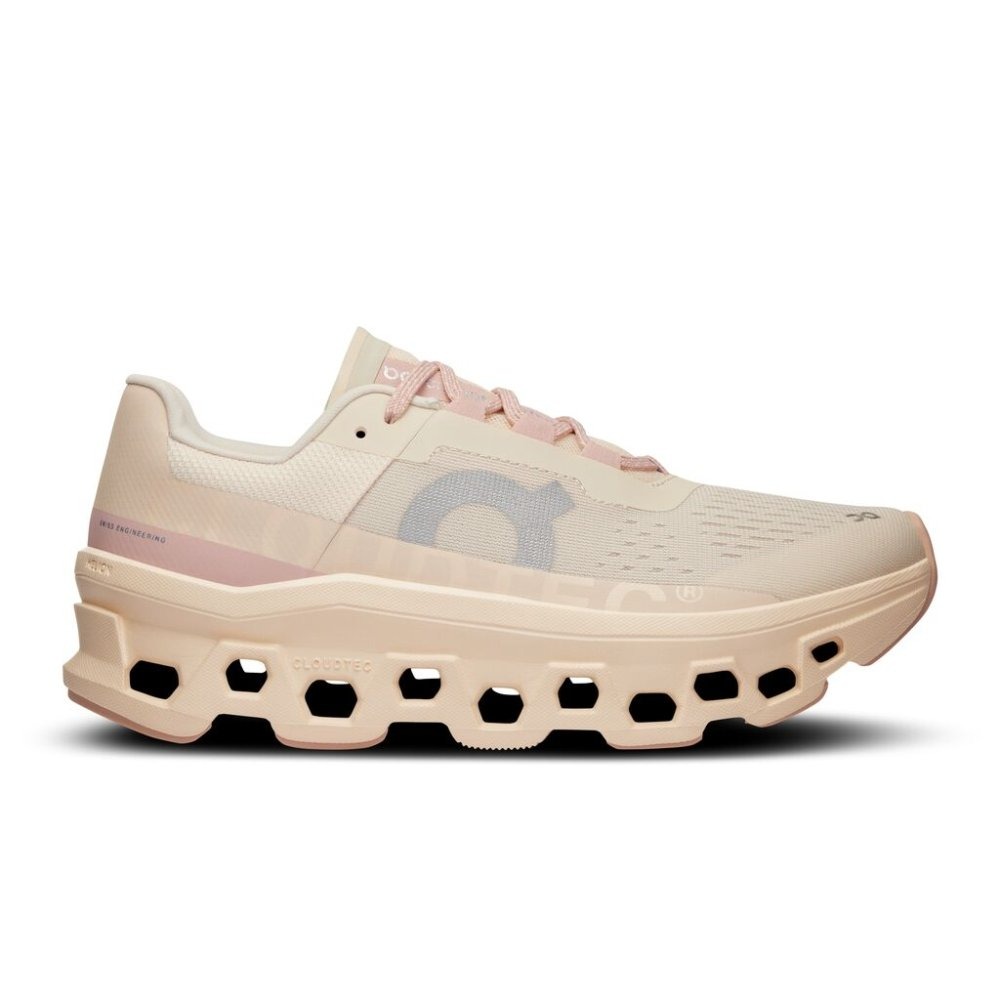What Are Cushioned Running Shoes?
Cushioned running shoes are designed for comfort. They are made with soft midsoles and extra padding. This helps absorb impact when feet hit the ground. Runners enjoy less strain on joints and muscles with these shoes. They are ideal for long distances and hard surfaces. Manufacturers use various foams and gels to provide cushioning. This type of shoe suits neutral runners with a normal gait. They often feature flexible uppers and durable outsoles as well. These shoes offer a plush feel, reducing fatigue during runs. In summary, cushioned running shoes aim to minimize stress on the body while running.
Benefits of Cushioned Running Shoes
Cushioned running shoes offer numerous advantages to runners. Here are some key benefits:
- Reduced Impact Stress: The primary benefit is the reduction of stress on the joints and muscles. With each step, the cushioning absorbs the shock that would otherwise impact your knees, ankles, and hips.
- Increased Comfort: Runners experience greater comfort due to the plush feel of the cushioned midsole. This comfort can make longer runs more enjoyable and less taxing on the body.
- Better Endurance: The added comfort and reduced fatigue allow runners to maintain their pace longer. This can lead to improved endurance and potentially better overall performance.
- Enhanced Protection: With better shock absorption, cushioned running shoes provide a layer of protection for your feet. This is especially important when running on hard surfaces like asphalt or concrete.
- Support for All Gait Types: While especially suited for neutral runners, many cushioned shoe models are designed to support various gait types, adapting to your individual running style.
- Versatility: These shoes are not just for running. They can be worn for walking or even as part of your everyday casual wear, providing continuous foot support.
Incorporating cushioned running shoes into your running gear can lead to a more comfortable and potentially more effective running experience. Always consider your personal needs and preferences when selecting a pair to ensure the best fit and results.
How to Choose the Right Cushioned Running Shoes

Choosing the right cushioned running shoes is crucial for your comfort and performance. Here’s what to consider to make an informed decision:
- Foot Size and Shape: Measure your foot size accurately. Pick shoes that fit well, not too tight or loose. Note the width and arch shape too.
- Running Terrain: Consider where you’ll run. Road runners need different cushioning compared to trail runners.
- Cushioning Level: Some runners prefer soft cushioning, while others want a firmer feel. Test different levels to find what suits you best.
- Gait Analysis: Get a professional gait analysis. This helps you choose shoes that accommodate your running style.
- Durability: Look for shoes with durable cushioning that won’t compress too quickly over time.
- Brand and Model Research: Read reviews and specifications of various brands and models. Familiarize yourself with their cushioning technologies.
- Personal Preferences: Consider your personal likes in terms of design, color, and additional features.
Remember, the right cushioned running shoes should align with your individual running needs and preferences. It’s worth investing time to find a pair that feels right, supports your feet, and enhances your running experience.
Best Practices for Using Cushioned Running Shoes
To get the most out of cushioned running shoes, follow these best practices:
- Start with the Right Fit: Ensure your shoes fit snugly without pinching. A good fit is vital for comfort and support.
- Break Them In: Wear your new shoes on shorter runs before tackling long distances. This allows the cushioning to mold to your feet.
- Lace Up Properly: Adjust laces for a secure fit. Neither too tight nor too loose; this prevents blisters and ensures stability.
- Rotate Your Shoes: Use more than one pair of running shoes. Rotating them can prolong the cushioning life and give your feet a varied support.
- Listen to Your Body: Pay attention to how your body feels during runs. If discomfort arises, your cushioned shoes may need adjusting or replacing.
- Clean Regularly: Keep shoes clean to maintain their condition. Dirt can degrade materials and lessen cushioning effectiveness.
- Store Correctly: Avoid extreme temperatures and direct sunlight. Proper storage helps maintain the shoe’s structure and cushioning integrity.
- Follow Manufacturer’s Guidelines: Stick to the usage recommendations provided by the shoe brand. They design shoes for specific purposes and lifespans.
By following these tips, you can enjoy the comfort of cushioned running shoes to the fullest. A good pair, well-maintained, can improve your running experience significantly.
Top Cushioned Running Shoes Brands

When selecting cushioned running shoes, the brand can make a difference. Here are top brands known for their quality cushioned running shoes:
- ASICS: ASICS is renowned for its GEL technology. Runners praise their shoes for balance and support.
- Brooks: Brooks offers shoes with exceptional cushioning. The brand focuses on runner-specific technology.
- Nike: Nike’s running shoes are known for their comfort and innovative cushioning systems like Nike Air.
- Adidas: With the Boost line, Adidas stands out for responsive cushioning and energy return.
- Saucony: Saucony combines plush cushioning with stability, catering to different types of runners.
- Hoka One One: Hoka features oversized midsoles, which provide superior cushioning and a smooth ride.
- New Balance: New Balance running shoes have plush cushioning and are ideal for daily training.
- Mizuno: The Wave technology in Mizuno shoes provides a unique balance of cushioning and stability.
Choose a brand that aligns with your cushioning preferences and needs. Each brand has its own approach to delivering comfort and performance in their cushioned running shoes. Doing brand and model research as part of your selection process is crucial to find the right fit. Remember to try on different models and walk or run briefly to assess comfort and fit before making a decision.
Essential Features of Cushioned Running Shoes
When looking for the ideal cushioned running shoes, there are certain essential features to consider. These features not only ensure comfort but also contribute to performance and durability. Here’s a breakdown of these key features:
- Ample Midsole Cushioning: This is the heart of any cushioned running shoe. Look for a thick, soft midsole that compresses under pressure, providing the plush feeling runners seek.
- Responsive Materials: The latest foams and gels in the midsole should offer a good balance of softness and responsiveness. This helps to absorb impact without feeling too mushy.
- Breathable Uppers: Shoes should have uppers made from materials that allow good airflow. This keeps your feet cool and reduces sweat.
- Flexible Outsoles: Outsoles with the right amount of flexibility ensure proper foot movement. They should also be durable to withstand the mileage.
- Arch Support: Cushioned shoes should support your arch type, whether it’s high, low, or neutral. Proper arch support prevents overpronation and can reduce injury risks.
- Secure Fit: A fit that locks in your heel and midfoot while giving your toes room is ideal. The shoe should not slip, yet not squeeze your feet.
- Shock Absorption: Good cushioned shoes come with features that help dissipate the force of each step evenly.
In your search for cushioned running shoes, make sure these features are checked off your list. They will ensure that you get not just a comfortable run, but also a supportive and enjoyable experience. Remember, it’s worth the extra time to find a pair that perfectly matches these criteria.
Comparing Cushioned Running Shoes with Other Types

When shopping for running shoes, you’ll come across various types with distinct features. Comparing cushioned running shoes to other types reveals significant differences. Let’s delve into these contrasts to help you understand where cushioned versions fit in your running repertoire.
- Minimalist Running Shoes: These have little padding and mimic barefoot running. They differ greatly from cushioned running shoes, which emphasize support and comfort.
- Stability Running Shoes: Designed for overpronators, stability shoes provide structured support. In contrast, cushioned shoes focus on softness and may not have the same level of correction.
- Motion Control Shoes: These are for runners with severe overpronation. They are softer and less rigid, aimed at neutral runners.
- Trail Running Shoes: Built for off-road terrain, trail shoes have added traction and protection. They are more suited to absorbing impact on hard surfaces.
- Racing Flats: Lightweight for speed, racing flats lack the plush cushioning of cushioned running shoes, which are built for comfort over long distances.
Understanding these differences can guide you to the right shoe for your specific running needs. Whether you prioritize comfort, speed, or stability can determine your choice between cushioned running shoes and other types. Remember, the right running shoe is a personal choice that should align with your running habits and preferences.
Care and Maintenance of Cushioned Running Shoes
To keep your cushioned running shoes in top condition, follow these care and maintenance tips:
- Regular Cleaning: Gently remove dirt and debris after each run. Use a soft brush and mild soap.
- Dry Properly: Never machine dry your shoes. Instead, let them air dry away from direct heat sources.
- Avoid Harsh Chemicals: Steer clear of strong detergents. They can break down the cushioning material.
- Rotate Shoes: Using multiple pairs prevents overuse. This extends the life of the cushioning.
- Inspect Regularly: Check for wear and tear, especially in the midsole. Look for signs of compression and unevenness.
- Use as Intended: Don’t wear your running shoes for sports they’re not designed for. This can damage the cushioning quickly.
- Replace When Needed: Closely monitor the shoe’s performance. Replace them typically after 300-500 miles.
By following these maintenance tips, your cushioned running shoes will support your running journey longer. They ensure the shoes retain their comfort and protective qualities, giving you the best running experience.



